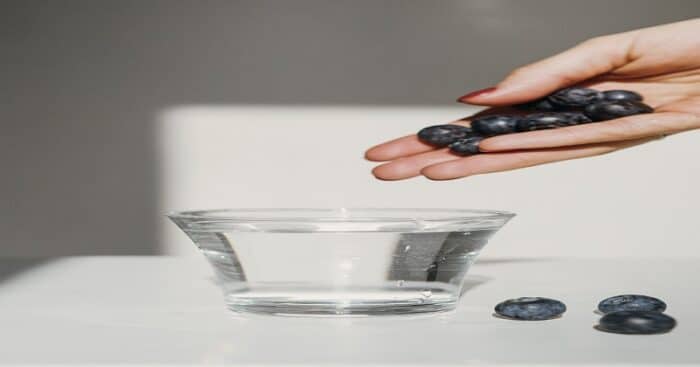Photo by Anna Nekrashevich from Pexels
What does a solution mean? It is a mixture of two or more substances in the contingent quantity that can be mutated continuously to the extent of solubility. The solution can be of any state of matter, solid, liquid, and gas, but the term solution is often referred to for a liquid state matter.
There are two types of elements in a solution, the first one is solute, and the other one is solvent.
- The solvent is a component that dissolves the other component.
- The solute is a component that is dissolved in a solvent.
A solution is formed substantially. For example, solid zinc nitrate dissolves in water to form a solution of zinc nitrate
Equation:
Zn(NO3)2(s) + H2O(l) → Zn2+(aq) + 2NO−3(aq)
Types of Solutions
A solution is a mixture in which two or more substances mix to form a single particular solution. The solution is formed up of two constituents which are solute and solvent. These two constituents combine to form any solution in a homogeneous mixture.
A solute is a substance that gets dissolved in the solvent, whereas the solvent causes the solute to dissolve. The solute is present in lesser quantities, and the solvent is present in higher amounts.
A solution cannot be classified as elements and compounds. It comes only under mixtures.
So, what are the Types of Solutions? Based on the nature of components, mixtures can be classified into two types.
- Homogeneous mixture
- Heterogeneous mixture
A homogeneous mixture is said as a solution based on a single composition. A heterogeneous mixture is not based on a single composition. Examples of homogeneous mixtures are salt or sugar in water, while a solution of sand or chalk powder in water is an example of heterogeneous mixtures.
Concentration of Solution
Concentration means the plenty of components divided by the total volume of the solution. The concentration of a solution provides the quantity of solute that is contained in a particular solution.
Ways of presenting the concentration of a solution:
- Molarity- It is one of the most commonly used units of concentration. The molarity of solution means the number of moles of solute present in 1L of solution.
- Parts per solution- In the factory standard, the most common method of describing the concentration is based on the quantity of solute in a fixed amount of solution.
Types of solutions
Solutions can be classified into different types based on water as a solvent, amount of solute added, amount of solvent added, amount of concentration of solute in two solutions, and the ability to conduct electric current.
- Types of solution on the bases of water as solvent
- Aqueous solution: The solution in which the solute completely dissolves in water, in which water acts as the solvent. An example of this kind of solution is sugar in water.
- Non-Aqueous Solution: The solution in which water does not act as a solvent. Here the solvent could be any chemicals like ether, benzene, etc. An example of this kind of solution is sulfur in carbon-di-sulfide
- Types of solutions based on the amount of solute added.
- Saturated solutions: A saturated solution is a solution that contains the highest amount of solute that can be dissolved in a solvent at a particular temperature.
- Unsaturated solutions: A unsaturated solution is a solution in which more solute can be dissolved.
- Supersaturated solutions: A supersaturated solution is a solution that dissolves more solute as compared to a saturated solution.
- Types of solutions based on the amount of solvent added.
- Concentrated solutions: A solution containing large amounts of solute added to the given solvent is called a concentrated solution.
- Dilute solutions: A solution containing a small amount of solute added to a large amount of solvent is called a dilute solution.
- Types of solutions based on the amount of concentration of solute in two solutions.
- Isotonic – When a cell is kept in the isotonic solution, pressure inside and outside of the cell is the same.
- Hypotonic – When a cell is kept in a hypertonic solution, the pressure is in the inside compared to the outside cell.
- Hypertonic – It is a solution that has a higher solute concentration than another solution.
- Types of solutions based on their ability to conduct electric current.
- Conductors: Solution that contains ions are called conductors
- Non-conductors: Solution that has molecules are called non-conductors
Conclusion
Hence, a solution is an integral aspect that is present all around us. We have discussed how a solution is created and what is required to form a solution, their types on a different basis, and the concentration of the solution and its ways.












